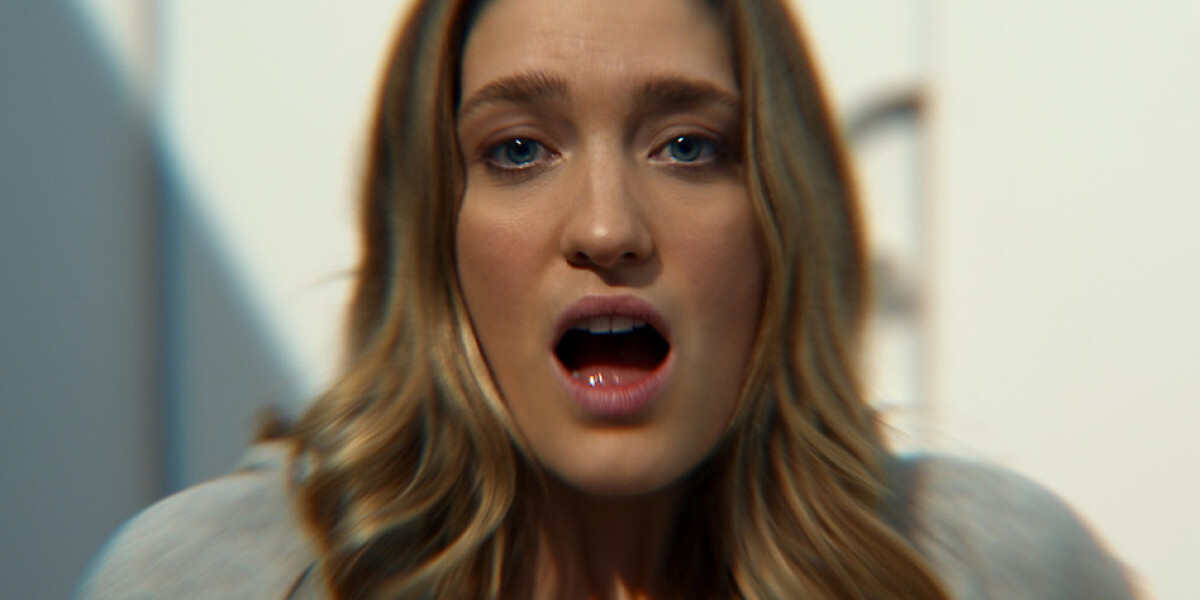Children grow, move, and explore their world through play, movement, and discovery. But when a child struggles with movement—whether due to injury, developmental delay, or a medical condition—it can impact every part of their life. This is where pediatric physical therapy plays a vital role.
Pediatric physical therapy helps infants, children, and adolescents improve their strength, coordination, flexibility, balance, and motor development so they can participate fully in everyday activities. From taking their first steps to keeping up with peers in sports and play, pediatric physical therapists (PTs) support children in reaching their full physical potential.
In this blog, we’ll explore what pediatric physical therapy is, what conditions it treats, how therapy works, and how to know if your child might benefit.
What Is Pediatric Physical Therapy?
Pediatric physical therapy is a specialized form of physical therapy that focuses on improving movement and physical function in children from birth through adolescence. Pediatric PTs are licensed professionals with advanced training in child development, anatomy, neuromuscular conditions, and therapeutic exercise tailored to a growing body.
The goal is to help children:
Achieve age-appropriate developmental milestones
Improve mobility and independence
Reduce pain and improve posture
Prevent or manage physical disabilities
Build confidence and physical endurance
Whether your child was born with a condition or is recovering from an injury, a pediatric physical therapist can provide a customized treatment plan to help them move better and feel stronger.
What Conditions Does Pediatric Physical Therapy Treat?
Children may be referred to pediatric physical therapy for a wide range of reasons. Therapy can support children with congenital, developmental, neurological, orthopedic, or post-surgical challenges.
Common conditions treated include:
Developmental Delays (late crawling, walking, sitting)
Cerebral Palsy
Spina Bifida
Muscular Dystrophy
Down Syndrome
Torticollis and Plagiocephaly
Prematurity-related delays
Genetic or chromosomal disorders
Toe walking
Injuries or fractures
Post-surgical rehabilitation
Balance or coordination disorders
Sports injuries in children and teens
Even if your child doesn’t have a formal diagnosis, physical therapy can be helpful if they are not meeting motor milestones or struggle with basic movement skills.
Signs Your Child Might Need Pediatric Physical Therapy
Not sure if your child needs PT? Here are some common signs that a child may benefit from pediatric physical therapy:
Not rolling, sitting, crawling, or walking at expected ages
Appears clumsy or frequently falls
Difficulty running, jumping, or climbing stairs
Walks on tiptoes
Has uneven leg strength or posture issues
Shows limited movement on one side of the body
Has poor balance or coordination
Complains of pain during movement or physical activity
Difficulty keeping up with peers in sports or play
Recovering from surgery, injury, or illness
Early intervention is key. If something seems off with your child’s movement or development, it’s worth seeking an evaluation from a pediatric PT.
What Happens During a Pediatric Physical Therapy Evaluation?
A typical pediatric PT journey starts with a thorough evaluation. The therapist assesses your child’s movement, development, posture, strength, flexibility, and more.
Evaluation may include:
Observing how your child sits, stands, walks, and plays
Testing balance and coordination
Measuring joint mobility and muscle strength
Assessing developmental milestones
Discussing medical history, concerns, and goals with caregivers
After the evaluation, the PT will create a customized treatment plan with short- and long-term goals focused on your child’s specific needs.
What Are Pediatric Physical Therapy Sessions Like?
Pediatric PT sessions are fun, engaging, and tailored to your child’s age and developmental level. Since children learn through play, therapists often use games, toys, obstacle courses, and interactive exercises to keep therapy motivating and effective.
A typical session may include:
Gross motor exercises (walking, crawling, jumping)
Balance and coordination training (stepping stones, balance beams)
Strength building (resistance bands, core workouts, climbing)
Flexibility exercises (gentle stretching or yoga)
Posture and gait training
Sensory-motor integration
Use of assistive devices (orthotics, walkers, wheelchairs, etc., if needed)
Parents are often involved and encouraged to participate in sessions or support exercises at home between visits.
Benefits of Pediatric Physical Therapy
Pediatric PT offers many life-changing benefits that can impact your child’s daily functioning, emotional well-being, and future physical health.
Key benefits include:
✅ Improved gross motor development
✅ Better posture and body awareness
✅ Increased strength and endurance
✅ Enhanced coordination and balance
✅ Decreased risk of injury or re-injury
✅ Pain reduction and improved mobility
✅ Greater independence in daily tasks
✅ Boosted confidence and participation in sports or play
PT is not just about movement—it’s about empowering your child to participate in life more fully and joyfully.
Where Does Pediatric Physical Therapy Take Place?
Pediatric physical therapy can be provided in a variety of settings, including:
Outpatient pediatric therapy clinics
Hospitals and rehabilitation centers
Early intervention programs (for children under 3)
Schools (as part of an IEP for special education)
In-home therapy for medically complex children
Telehealth (in some cases)
Each setting has its own benefits. Outpatient clinics often have specialized equipment, while early intervention focuses on therapy in a natural environment like home or daycare.
How to Find a Qualified Pediatric Physical Therapist
When choosing a pediatric PT, look for a licensed professional (DPT or PT) with experience in treating children. Some PTs hold certifications like PCS (Pediatric Certified Specialist), which indicate advanced expertise in pediatric care.
Tips for finding the right PT:
Ask your child’s pediatrician for a referral
Check with your health insurance provider
Look for pediatric-specific clinics or centers
Ask about experience with your child’s specific condition
Observe how the therapist interacts with your child
A great PT will not only support your child physically, but will also create a trusting, encouraging, and playful environment.
Final Thoughts
Pediatric physical therapy is more than just exercise—it’s a powerful tool for helping children move, play, and live with confidence. Whether your child needs help catching up with motor milestones, recovering from an injury, or managing a long-term condition, pediatric PT offers guidance, support, and hope.







